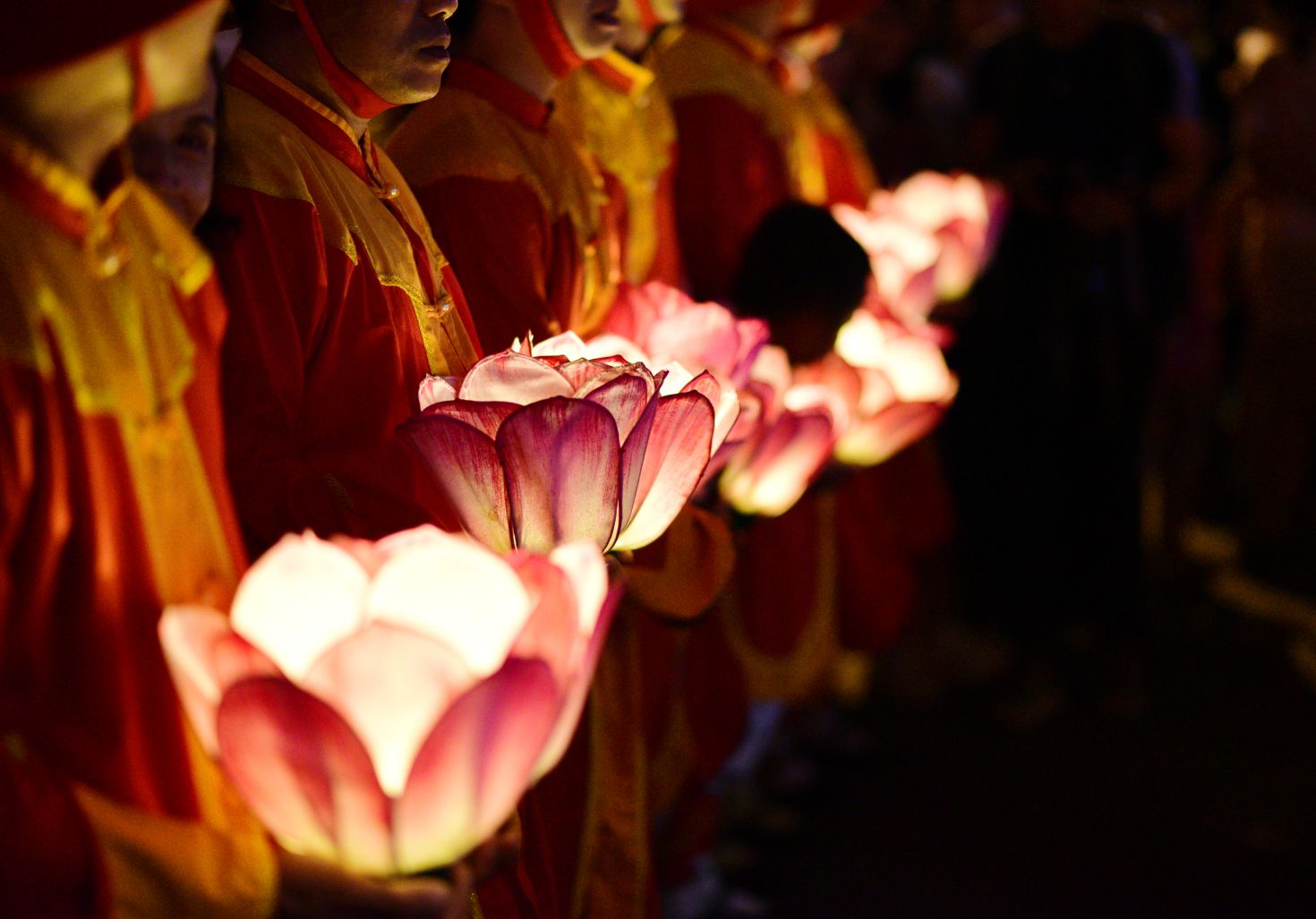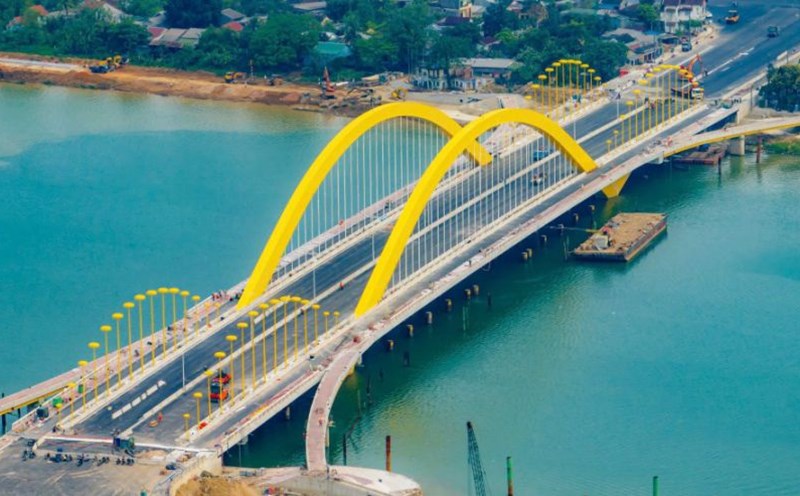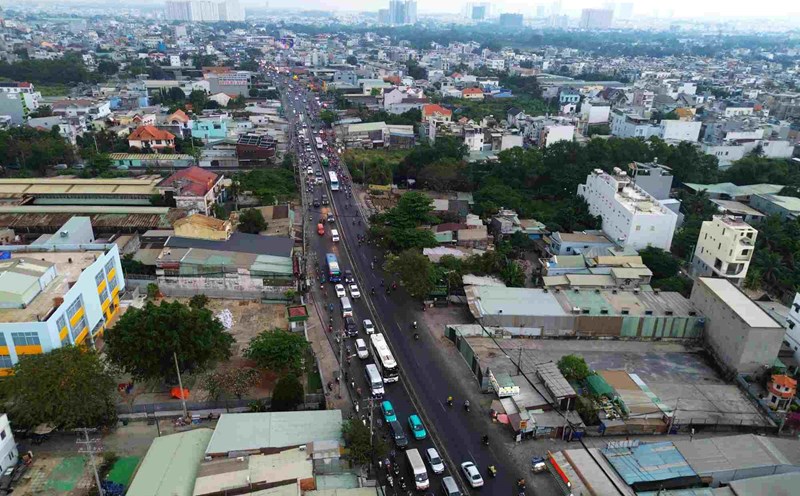2025 is not only an important milestone when Hue officially becomes a centrally-governed city, but also 5 localities hosting the National Tourism Year. This is considered a golden opportunity for Hue to promote the development of the tourism industry, creating a breakthrough momentum on the basis of unique cultural heritage values.
Hue - the city of heritage and new luck
Hue, the capital of Vietnam under the Nguyen Dynasty from 1802 to 1945, is one of the cities with a rich history and culture. The Complex of Hue Monuments - recognized by UNESCO as a World Cultural Heritage in 1993 - is the clearest proof of this rich culture.
At the same time, Hue is currently the only locality in Vietnam and Southeast Asia to own 8 cultural heritages recognized by UNESCO in many categories. However, instead of stopping at preservation, Hue has been transforming strongly, taking advantage of heritages to create new and attractive tourism experiences.
One of the effective directions in developing Hue tourism is to combine heritage conservation and creative exploitation. Current Hue Citadel tour programs do not stop at introducing history and architecture but also expand to experiential activities such as wearing royal ao dai, participating in recreating royal rituals, or enjoying royal meals.
These activities not only help visitors better understand the life of the royal court during the Nguyen Dynasty but also create unforgettable memories. In particular, organizing cultural festivals such as Hue Festival, Ao Dai Festival, or street art programs has contributed to reviving the Hue cultural space in the hearts of tourists. This is the way Hue not only preserves but also renews its historical and cultural values.
In addition, Hue also takes advantage of intangible cultural values to develop tourism. Hue royal music has become a unique tourism product. The electronic music performances are not only held in royal spaces but are also included in tours on the Huong River, bringing visitors both familiar and solemn experiences.
In addition to fine arts, traditional craft villages such as Tay Ho poetry hat village, Phuoc Tich pottery village, or Sinh village paintings are also exploited to develop craft village tourism. Visitors not only admire sophisticated handicraft products but also have the opportunity to participate in the production process, thereby learning more about the culture and people of Hue.
Another notable point in the story of Hue tourism development is the combination of cultural tourism and eco-tourism. With its special geographical location, Hue not only has cultural heritage but also owns many beautiful natural landscapes such as Bach Ma National Park, Tam Giang lagoon, or Lang Co beach.
The construction of tours combined with heritage sightseeing and nature exploration has brought diverse experiences to visitors. For example, after visiting Hue Citadel, visitors can take a boat on the Huong River to watch the sunset or explore the rich ecosystem of Tam Giang lagoon. These experiences not only help visitors fully feel the beauty of Hue but also contribute to promoting the sustainable development of the local tourism industry.

Steps forward in the new luck
In recent years, Hue has made many significant strides in exploiting cultural heritage to develop tourism. Typically, works such as Kien Trung Palace and Thai Hoa Palace, after many years of restoration, have opened to visitors in 2024, bringing great attraction.
In addition, modern technologies such as NFC chip-embedded boards that help visitors experience "smart check-in" and explore information about the architecture and history of the palace have created a new look, especially attracting young people.
The 2024 Hue International Arts Festival, with a series of events held in Hanoi, has attracted more than 2,500 visitors, an increase of 20% over the same period in 2023. Hue-branded tourism products such as Hue - Festival City, Hue - Culinary Capital or Hue - Ao Dai Capital of Vietnam have contributed to bringing the image of the ancient capital closer to domestic and foreign tourists; or opening the door to visit Hai Van Quan relic or putting into operation the Hue - Da Nang tourist boat convoy with the name Connecting the Central Heritage...
In 2024, Hue will welcome about 4 million tourists, an increase of 26% compared to 2023; of which, domestic tourists account for about 2.7 million, equivalent to 69%, and total tourism revenue is estimated at VND 8,500 billion.
2025 is the time when Hue is determined to accelerate and make a breakthrough to achieve the socio-economic development goals for the period 2021 - 2025. Along with restructuring the economy, the province will focus on developing the tourism industry as a strategic spearhead. The motto "Excellent products - Professional services - Competitive prices - Safe and friendly destinations" will be a guideline for Hue to elevate tourism and effectively exploit heritage values.

Challenges in tourism development
However, to effectively exploit historical and cultural values, Hue needs to face many challenges. One of the biggest problems is the deterioration of heritage works. Under the impact of time and nature, many works in the Complex of Hue Monuments are seriously damaged.
The restoration and conservation of these heritages require large financial resources as well as the participation of domestic and foreign experts. In addition, the massive development of tourism also risks losing the original nature of Hue culture. Organizing tourism events needs to be done carefully, avoiding overcommercialization or distorting traditional cultural values.
To address these challenges, there needs to be close coordination between management agencies, tourism businesses and local communities. The government needs to issue policies to support heritage conservation, while encouraging the participation of businesses in building creative tourism products.
In particular, the province will cooperate with the Ministry of Culture, Sports and Tourism to organize the National Tourism Year 2025; promote the opening of flights connecting to domestic and foreign markets such as: Quang Ninh, Hai Phong, Can Tho, Thailand, Japan, Korea; and cooperate with major travel agencies in both traditional and new potential markets.
The National Tourism Year 2025 in Hue is a golden opportunity to promote the image of the ancient capital to international friends. However, to turn this opportunity into a long-term driving force for development, Hue needs to continue to innovate and be creative in exploiting historical and cultural values.
With its unique values and continuous efforts, Hue can completely affirm its position on the world tourism map, while becoming a model for other localities in developing tourism by exploiting local historical and cultural values.











